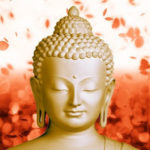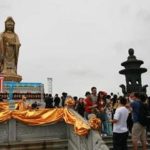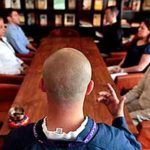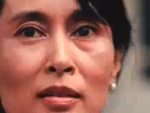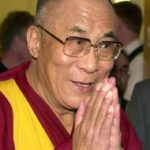TBRC is excited to announce that they have started a new internship program in collaboration with the Harvard Divinity School and the Department of South Asian Studies at Harvard.
 The Tibetan Buddhist Resource Center (TBRC) has moved from the Rubin Museum of Art to a new office space in Cambridge, Massachusetts, right in Harvard Square. The TBRC was originally founded by the late Tibetan scholar E. Gene Smith in Cambridge back in 1999.
The Tibetan Buddhist Resource Center (TBRC) has moved from the Rubin Museum of Art to a new office space in Cambridge, Massachusetts, right in Harvard Square. The TBRC was originally founded by the late Tibetan scholar E. Gene Smith in Cambridge back in 1999.
According to a recent blog post on the move, TBRC is excited to announce that they have started a new internship program in collaboration with the Harvard Divinity School and the Department of South Asian Studies at Harvard. They’ve also set up a kiosk and seminar room on site for visitors and students, to assist them in their research.
In the post at TBRC’s blog, the staff writes, “Our new location is spacious and bright, and we are thankful for the support we have received from patrons, board members, supporters, and friends. We are also appreciative that all of TBRC’s core staff members have made the transition.”
The Tibetan Buddhist Resource Center exists to preserve, organize, and distribute works of Tibetan literature. To find out more about TBRC, visit their website.
We recently asked Jeff Wallman (Executive Director of TBRC) about the move and TBRC’s future. Here is what Wallman had to say:
“We are excited about being in Cambridge. Its a fresh start. Everyone on staff is dedicated to the mission and made some big sacrifices to get here. Its more peaceful in Cambridge and sometimes we miss the excitement of New York.But things are happening here after one month and I am confident it is a good direction for us. The most exciting aspect of being in Cambridge is that we can cultivate the organization on all the levels it exists on. Different people see TBRC in different ways. For some TBRC is a mission, a noble endeavor, a website, a brainchild of Gene Smith, a text delivery system, an archive of Tibetan treasures, for some even a file system and hard disk. Its all of these things but the structure of TBRC is complex and it needs nourishment on each level to grow. We have really talented people working at TBRC and I have felt that their talents should be made available through seminars, training, teaching, etc. Now we have a public space so these connections can grow.
We also have a very interesting, and unique database – very much Gene’s brain child. And I’d like to see that child grow and expose the incredible interconnections Gene explored himself – connections between Tibetan social entities and the rise of monasteries; literary genres, the form and function of texts in all traditions over time; a sense of place, both sacred and geographic; Tibetan personage and the myriad threads of authentic lineage; the potency of Tibetan language, the expression of dharma through history. In Cambridge, we can cultivate these areas by connecting our staff to Harvard professors, students and others in the very interesting community in Cambridge. Its a place where Tibetan, Mongolian, Chinese, Pali, and Sanskrit languages are taught; where serious Tibetology happens; where there is a Tibetan community, interest in the dharma, philanthropy and the love of culture. We can also explore the neurological aspect of TBRC and utilize trends in technology, information science and digital humanities to expose the relationships we are capturing. So its very much a meeting place for exchange so that above all we can preserve and share Tibetan texts. I feel great about our future here.”















